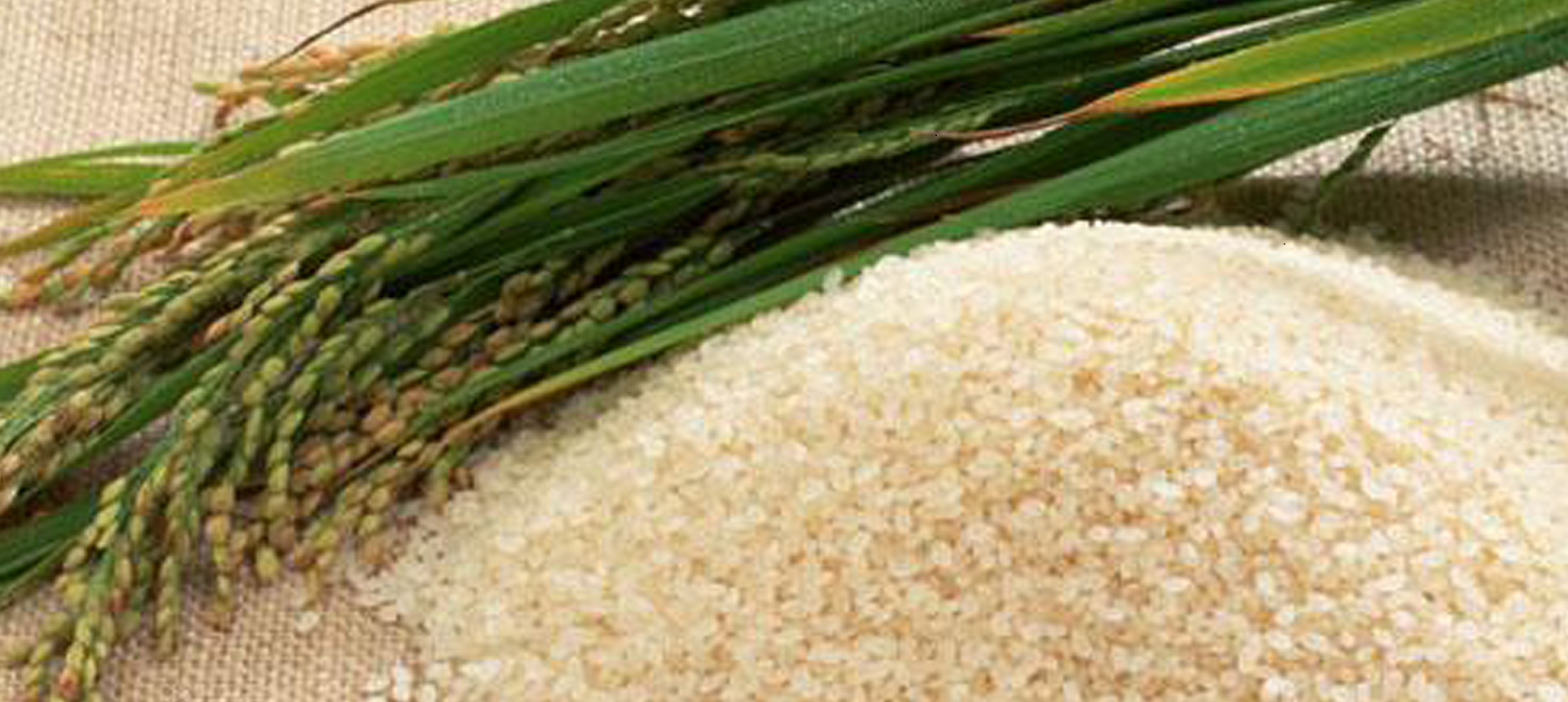Magic rice or Komal Saul from Assam, India, needs no cooking!

Rice generally forms an integral part of major cuisines all over the world. This is particularly true for the regional cuisines of India. There is a huge variety of rice grown all over India, each one with its own unique flavor and taste. In fact, every Indian state seems to have its favorite variety of staple rice. No matter whether it the Basmati of North India or the Red Rice from the Southern parts of the country, rice is a hit everywhere. More so in South India, where rice reigns supreme. It is even put in chutneys (rice lovers love to experiment and rejoice about it). Here is another super exciting variety of regional rice, called magic rice or Komal Saul, which has been making headlines of late. If you get a chance, you should definitely try out this one.
Can you imagine rice that cooks on its own? You can’t. Well, India has a rice variety which can accomplish this seemingly magical feat. Komal Saul is an indigenous variety from the Indian state of Assam, which cooks on its own. It is precisely due to this reason that it is fast emerging as a sustainable alternative to the conventional rice varieties. Adopted on a large scale, this can help conserve energy in a big way. This is particularly true for the present times when energy conservation is almost becoming a priority in all parts of the world. This local variety of rice from the North Eastern state of Assam is wooing people with its magical properties.
Unlike other varieties of rice which require to be boiled as well as cooked before consumption, this type of rice doesn’t require any kind of cooking what so ever.
How is the magic rice or Komal Saul cooked?
All you need to do is soak the rice grains in warm water for around 10 to 15 minutes or in cold water for approximately 30 min, and it gets cooked. Komal Saul is basically arrived at by manually processing Bora Saul, a sticky rice variety that is grown widely in Majuli, which is the world’s largest deltaic island located between the sandbanks of River Brahmaputra in Assam.
This transformation into ‘instant’ rice takes place after the harvested rice is soaked overnight, boiled and then sun dried. All this is done within 24 hours. The rice has a low content of amylose, a starch component which contributes to the hardness of foodgrains. The Hindi word “Komal” literally means soft.
How is the magic rice or Komal Saul prepared and consumed?
It is prepared traditionally by soaking the rice in hot water overnight. It is then consumed in the morning with mustard oil and onions. It’s popularly known as the magic rice of Assam. This rice variety is famous for the zero cooking characteristics. It needs only addition of warm water or at times just warm milk. It is served in Assam during the social and religious festivals, mixed with jiggery, banana powder, potato mash, or pickles.
The magic rice forms one of the most popular regional breakfasts in Assam, which is a combination of cereals such as Chira (flattened rice), Xandoh (ground rice), Muri (puffed rice), Komal Saul, or Bora Saul. This is served together with jaggery, curd, and cream. The sweet treat is known as Jolpaan, and is enjoyed on special occasions.
What makes Assam’s magic rice unqiue?
Komal Saul has a soft texture unlike regular hard rice grains. It is preferred as a regular diet in the North East states of India as it is light on the stomach and thus can easily be digested. The rice turns all fragrant and fluffy after soaking in water. Tinged with a slight sweet taste, it is often served with jaggery as dessert for people to enjoy the simple flavors.
- World’s 1st solar eToilet creates power & fertilizer from waste in India - May 20, 2018
- How dams are killing India’s rivers, environment, and ecology - March 29, 2018
- How an elephant calf was rescued: Lessons in wildlife rehabilitation - March 26, 2018
- Save pangolin, world’s most trafficked mammal: World Wildlife Day - March 4, 2018
- Magic rice or Komal Saul from Assam, India, needs no cooking! - January 16, 2018
